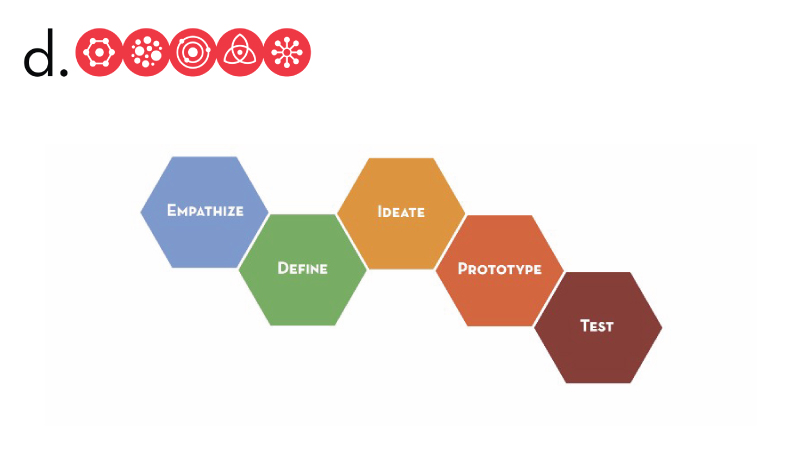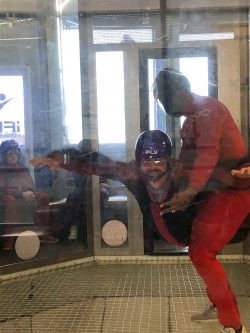
Diving a Mile in Our Donors’ Shoes
From January to March of 2020, Stanford Blood Center (SBC) participated in an intensive and highly selective program with the d.school (Stanford University’s school of design) that helps community organizations work through their design thinking methodology. SBC elected to utilize design thinking to better understand the donor experience, particularly for recruitment and retention of first-time donors. A cross-departmental group of SBC team members worked with d.school representatives, who guided them through the design thinking frame work — a scientific, problem-solving method that focused heavily on empathizing, collecting data and testing targeted solutions.
In order to get to know donor beliefs and concerns intimately, team members spent their first few weeks doing detailed interviews with randomly selected first-time donors in our donor centers and over the phone. The interviews covered such questions as: “Why did you donate?” “What prevents you from donating?” and “What part of the donation did you enjoy or feel uneasy about?” These interviews helped our team to create “donor profiles,” or descriptions of different types of donors based on their opinions and beliefs.
One of these profiles that the team investigated thoroughly was the donor who used blood donation as a way to conquer fears. The particular donor who sparked this profile idea compared blood donation to another experience he had when he was stranded out at sea. He now uses that experience and his experience with blood donation as a model for conquering other fears in his life. After interviewing this donor, the team spent time empathizing with what the donation experience could feel like or represent to those who are afraid. To enhance the empathizing process, they were asked to put themselves in a situation that generated similar emotions. Note: Using a similar situation is called “analogous exploration” and allows people to see the problem in new situations.
 …Enter skydiving!
…Enter skydiving!
As the most fearful of heights out of the group, our Recruitment Supervisor, Tim Gilmore, bravely volunteered to step into a skydiving simulator. The team observed Tim and then debriefed with him afterwards to see how the skydiving site work through his fears. From that experience, Tim and the team gathered that there were two main factors that had helped to alleviate his worry before it was his turn in the wind tunnel: watching an expert in real-time, and watching a video that explained exactly what would happen and how to have the best, safest experience.
The d.school team then worked with SBC to extrapolate these learnings and apply them once again to the fearful donor profile. To model the “watch the expert” technique, our team ran two tests on a group of prospective blood donors, who were encouraged to watch a live demonstration of blood donation by an expert before they were asked to donate. Unfortunately, this produced mixed results, with some potential donors who felt that the demonstration helped them get over their fears, but with others who were not scared prior to the demonstration but became fearful afterward.
The next learning, the idea of having a “pre-flight video,” however, has proven to be effective at helping potential donors overcome their fears. Planning for the recording of an updated video is currently in the works! Once it is completed, the video will be posted to our first-time donor web page and may even be shown in centers as well. We will also be using this and other learnings from the skydiving experiment to inspire a future ad and/or social media campaign based around encouraging new donors to overcome their fears.
Overall, our team is incredibly thankful for the opportunity to work with the d.school and to better understand donation from a new or potential donor’s perspective. We are excited to move forward with this creative problem-solving method in the future and use it to help us add to our donor family!
To read the full spring 2020 edition of PULSE, visit stanfordbloodcenter.org/pulse.
